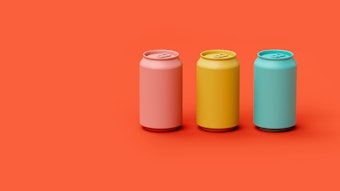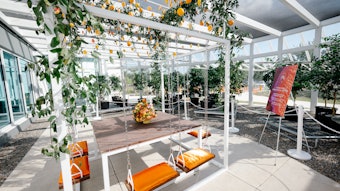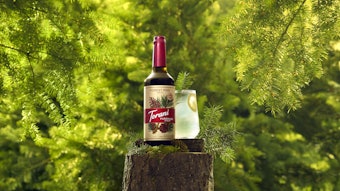Cool coffee trends are helping customers beat the summer heat, according to a recent National Restaurant Association SmartBrief.
From Hipster Infatuation to Mainstream Staple
Luc Cohen, Reuters, reports the traditional seasonal pattern of business slowing down for U.S. coffee shops as the warmer months approach is no longer the case.
Increased numbers of customers in the warm weather is good news alone for coffee shops, however, since cold brew coffee uses more beans than traditional coffee, this could boost the overall U.S. demand for coffee beans, says Cohen.
After replacing traditional iced coffee with cold brew coffee, well-known Peet’s Coffee & Tea, a chain with 400 stores, has seen cold brew sales rocket by 70% over last year’s iced coffee sales.
Starbucks also launched cold brew at 2,800 locations in the Northeast, Mid Atlantic and Midwest, as well as in some Canadian cities earlier this year.
Cold Brew Process
So, how does the cold brew process differ from regular or iced coffee?
Cohen explains: “Cold brew is made by steeping fresh ground coffee in cold water for between 12 and 24 hours, while traditional iced coffee is made by cooling hot-brewed coffee and serving it over ice.”
Impact on Flavor
With such a cool temperature and lack of movement, less flavor and strength is extracted from each bean, which prompts roasters to use larger doses of ground coffee in cold brew blends.
Senior food editor Bret Thorn, Nation's Restaurant News, says cold brew fans say it tastes richer and less bitter than conventional iced coffee.
Fighting the Single-Serve Demand
Cohen mentions the effect that single-serve coffee pods have had on the demand for coffee beans, as well as the environmental impact—higher amounts of coffee waste and packaging waste.
Brett Struwe of Caribou Coffee says: “If we can make cold a more compelling thing, that will take out a little bit of the sting.”










